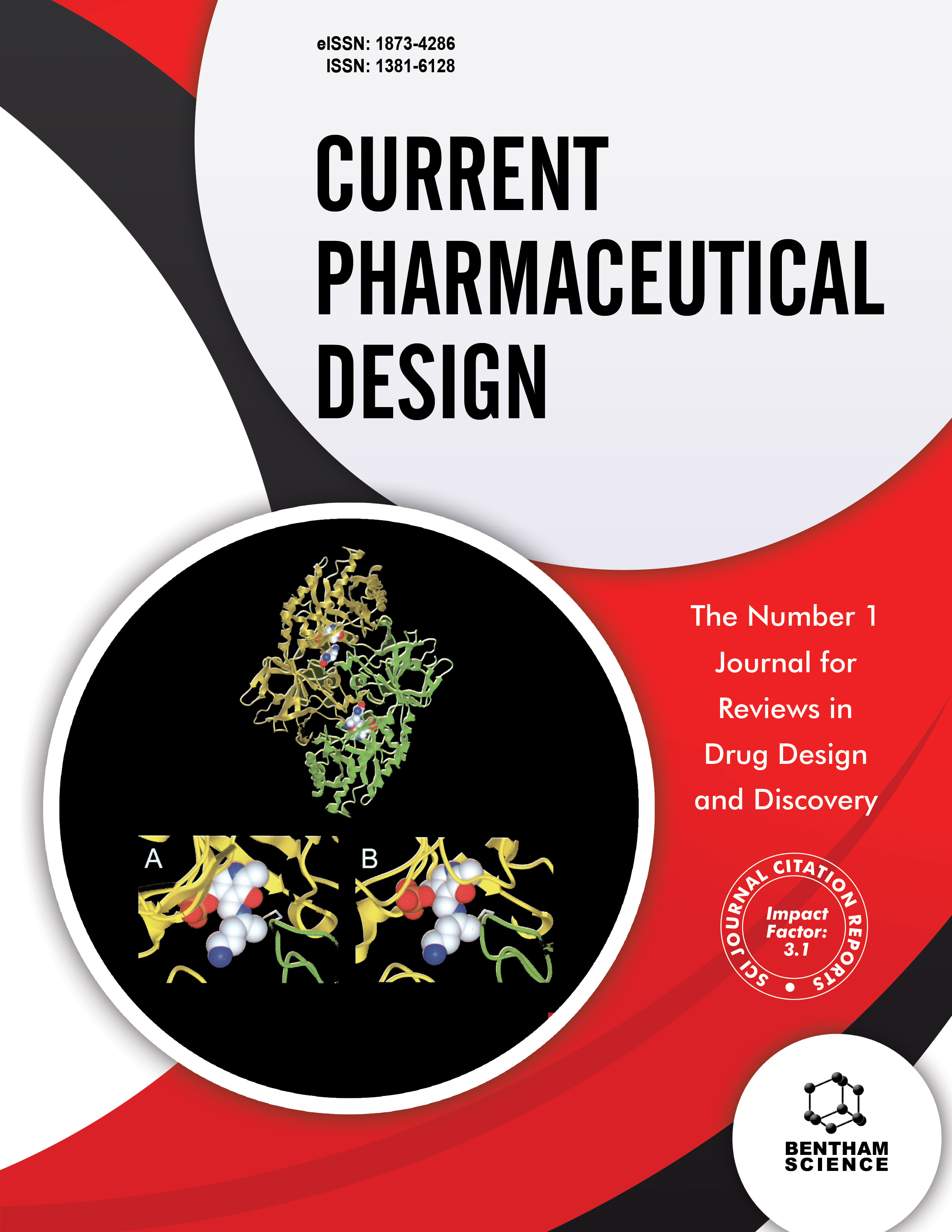
Full text loading...
We use cookies to track usage and preferences.I Understand
Immune-mediated bowel diseases (IMBD), notably ulcerative colitis and Crohn's disease, impose a substantial global health burden due to their intricate etiology and escalating prevalence. The nexus between intestinal parasites and the gut microbiome in IMBD is a dynamic and complex field of study. Several studies have evidenced the capacity of intestinal parasites to modulate the gut microbiome, inducing alterations in microbial diversity, abundance, and metabolic activity. These changes are crucial in influencing the immune response and contributing to the development of IMBDs. Simultaneously, the gut microbiome functions as a linchpin in sustaining intestinal homeostasis and immune regulation. Dysbiosis, marked by shifts in gut microbial composition, is intricately linked to IMBD pathogenesis. Imbalances in the gut microbiota contribute to hallmark features of IMBDs, such as heightened gut permeability, chronic inflammation, and aberrant immune responses. The bidirectional interaction between intestinal parasites and the gut microbiome adds a layer of complexity to understanding IMBDs. Specific parasites, including hookworms and Necator americanus, exhibit immune downregulation and potential therapeutic applications in celiac disease. Conversely, infections with Strongyloides stercoralis and Blastocystis mirror IBD symptoms, underscoring the intricate relationship between parasites and disease pathogenesis. Further investigation is imperative to comprehensively unravel the mechanisms linking intestinal parasites and the gut microbiome in IMBD. This understanding holds the potential to pave the way for targeted therapeutic strategies aiming to restore gut microbiota homeostasis and alleviate the debilitating symptoms of these conditions. Harnessing the intricate interplay among parasites, the gut microbiome, and the host immune system may unveil novel approaches for managing and treating IMBDs.

Article metrics loading...

Full text loading...
References


Data & Media loading...

